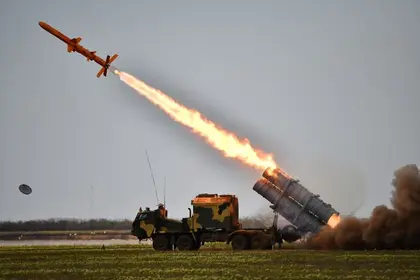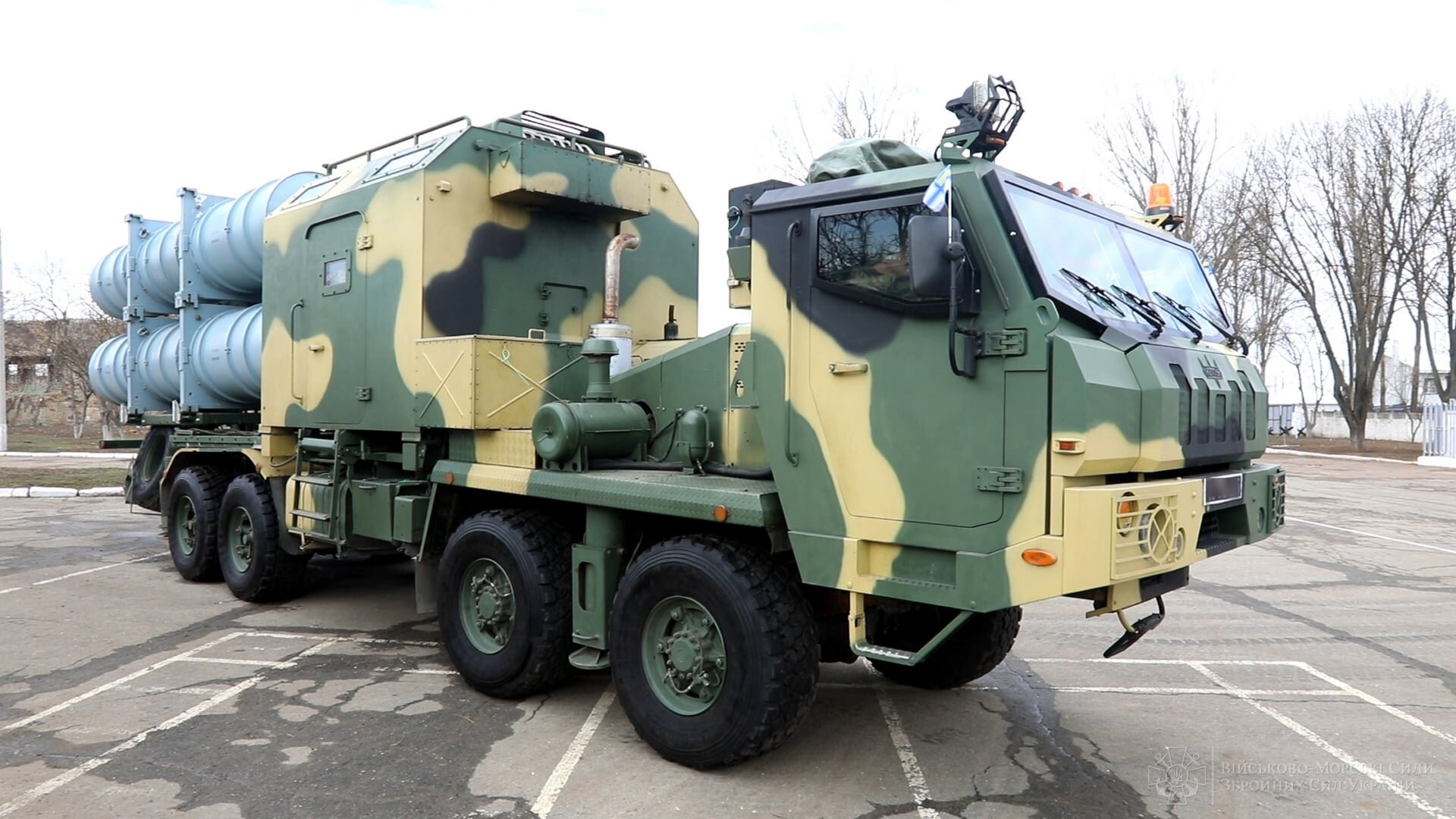Ukraine has moved closer to finally setting up its coastal defense against Russia as the country’s navy obtained the very first units of cruise missile system RK-360MC Neptune, despite long and painful hurdles on the way.
The first training missile battery joined the navy’s only artillery brigade on March 15, as part of the formation’s newly-created coastal defense missile battalion.
“This system was designed to defend Ukraine in the Azov and the Black seas,” as the navy’s top commanding officer, Rear Admiral Oleksiy Neizhpapa, asserted during the delivery ceremony in Odesa.
“Thanks to this battery, we can launch the hands-on training of the newly-created missile battalion. What lies ahead is the work to deploy new battalions. This will be Ukraine’s missile shield in the sea.”
“This day spells the history of the navy’s coastal missile defense forces.”
The Neptune system was designed by the Kyiv-based engineering bureau Luch as a response to Russia’s growing maritime threat to Ukraine’s barely defended southern coastline after 2014. The project was completed and successfully accepted for service within just a few years despite scarce funding.
The design is based on the Soviet-Russian Kh‑35 cruise missile (NATO reporting name AS‑20 Kayak). The first Neptune variant is a coastal defense cruise missile unit capable of destroying vessels of up to 5,000 tons of water displacement within the range of nearly 300 kilometers.
Read also: Neptune cruise missiles can protect Ukraine’s shores
Apart from that, the project is expected to develop new ship- and aircraft-launched versions, potentially constituting Ukraine’s national brand in the niche of mid-range missile weapons.
Following a number of successful live-fire tests in the Black Sea, the system was accepted for service in late August and was expected to be put for production as early as 2020. Ukraine’s navy in its turn requested at least three Neptune battalions, which means nearly 200 coastal cruise missiles in service by 2025.
Nonetheless, the project faced constant delays due to bureaucratic hurdles in the government. Finally, amid enormous public pressure, the Ministry of Defense signed a contract to produce the weapon system as part of the country’s military acquisition program in 2021.
“Our homework is to unite the Neptunes, missile boats, patrol vessels, and corvettes, into an integrated defense system that would be capable of repelling an enemy attack coming from the sea,” as Ukraine’s Defense Minister Andriy Taran asserted on March 15 during the handover ceremony.
You can also highlight the text and press Ctrl + Enter





